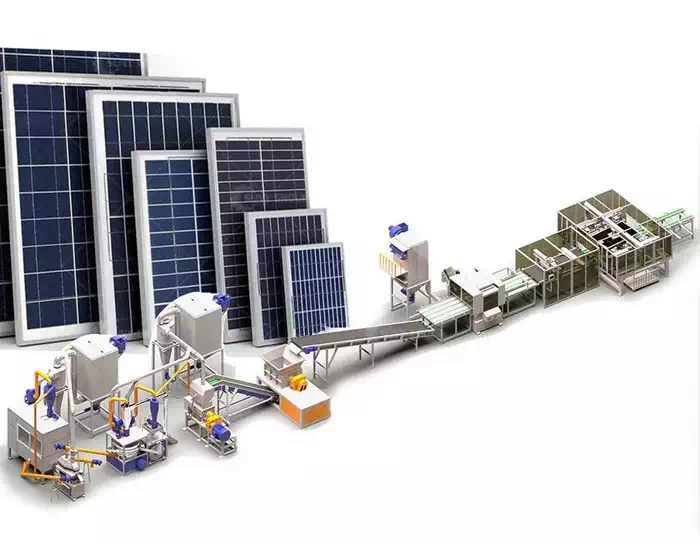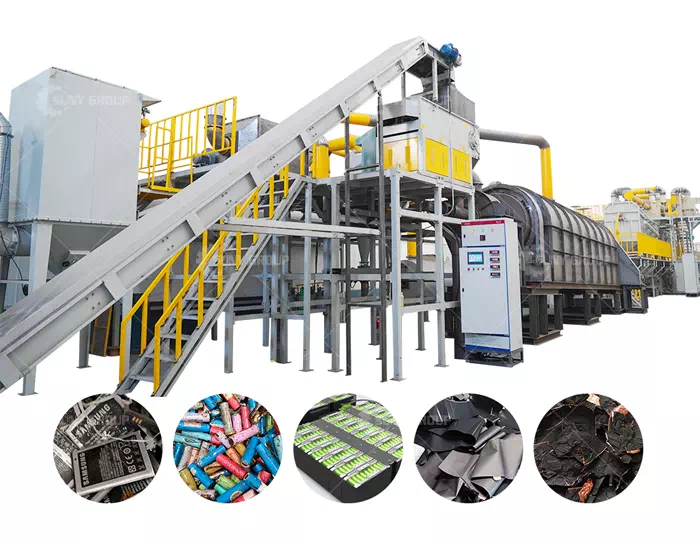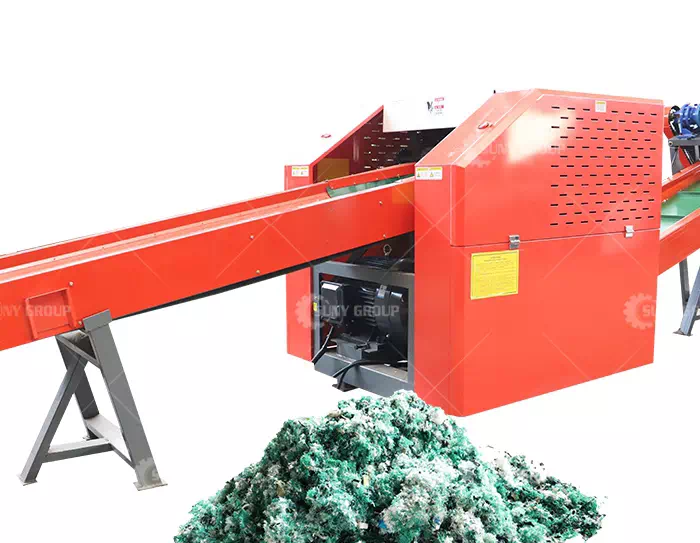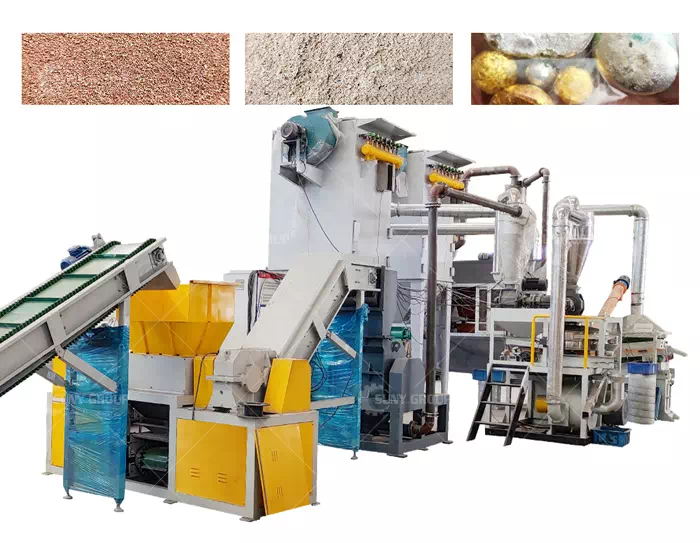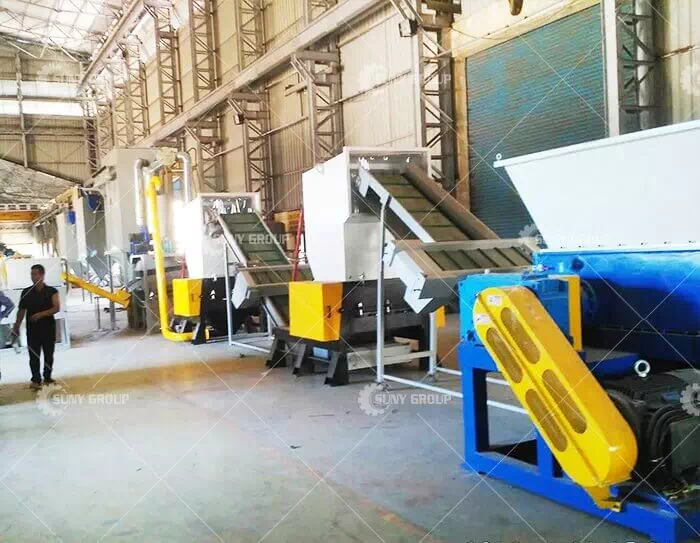Electronic waste sorting
E-waste is also called e-waste. The precious metals contained in it are dozens or even hundreds of times that of natural mineral deposits, but the cost of recycling is much lower than mining natural deposits. Therefore, e-waste is often compared to an urban mine with abundant resources. Making full use of electronic waste has great commercial value and will also promote the sustainable development of society, economy and environment. Tao Lang's photoelectric sorting equipment can recover various non-ferrous metals, stainless steel, wires, etc. from the crushed materials of electronic waste.

The design of electronic equipment is very complicated and the disassembly is difficult. After disassembly, it is a big technical challenge to separate the components of different materials and ensure the purity of each recycled component. At present, there are mature and widely used sensor sorting technologies that can solve various challenges in the classification and recycling of electronic waste.
Using photoelectric sorting technology to classify and recycle scrapped car materials will not cause secondary pollution to the environment. It is an efficient choice for both economic and environmental benefits.
Recycling of various metals After crushing, magnetic separation, etc., TOMRA's photoelectric separation equipment can recover non-ferrous metals, stainless steel, wires, etc. from the crushed materials of electronic waste, and then further separate them from the recovered mixed metals. Copper, aluminum, zinc and other metals.
Recycle plastics and eliminate materials containing flame retardants. Electronic waste contains 3% to 60% of plastics, of which about 30% contains flame retardants, which is very serious to the environment. For plastics in electronic waste, TOMRA's sensor sorting equipment can not only recycle printed circuit boards and ABS, PS, PET and other plastics; it can also separate materials containing flame retardants from them, so that the recycled plastics can meet the requirements of the RoHS directive. (The bromine content is less than 1000ppm)
Compared with manual sorting, automatic sensor sorting technology is more efficient and can minimize material loss and operating costs. Depending on the composition of the raw materials, the purity of a single material can be as high as 97%-98% after passing through a specially customized sorting process.
Recommend products
CONTACT US:
If you have any requirement or suggestion, please fill in the form and send to us, thanks!E-mail:sunymachine@gmail.com | Whatsapp:+8613674945231


